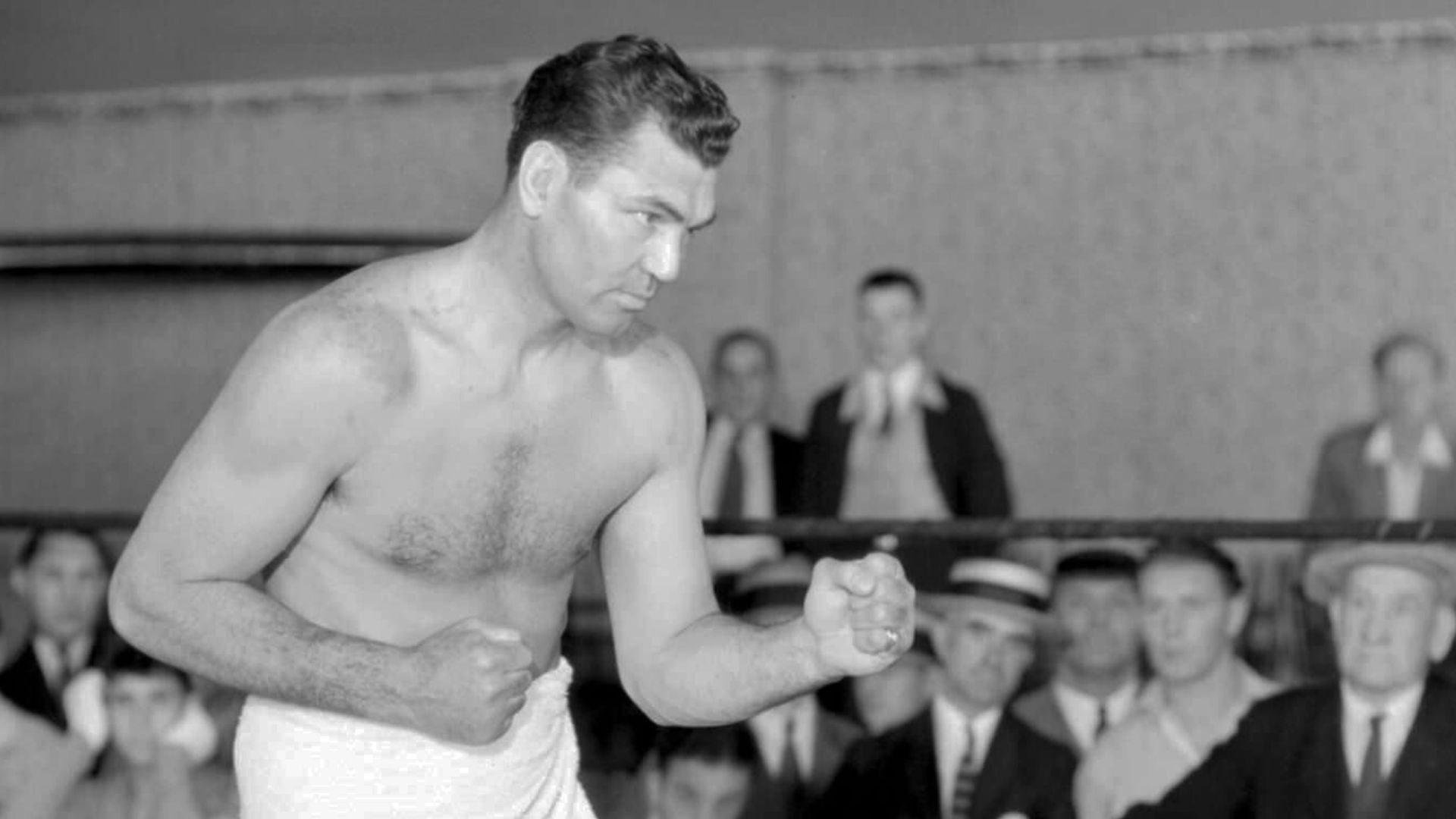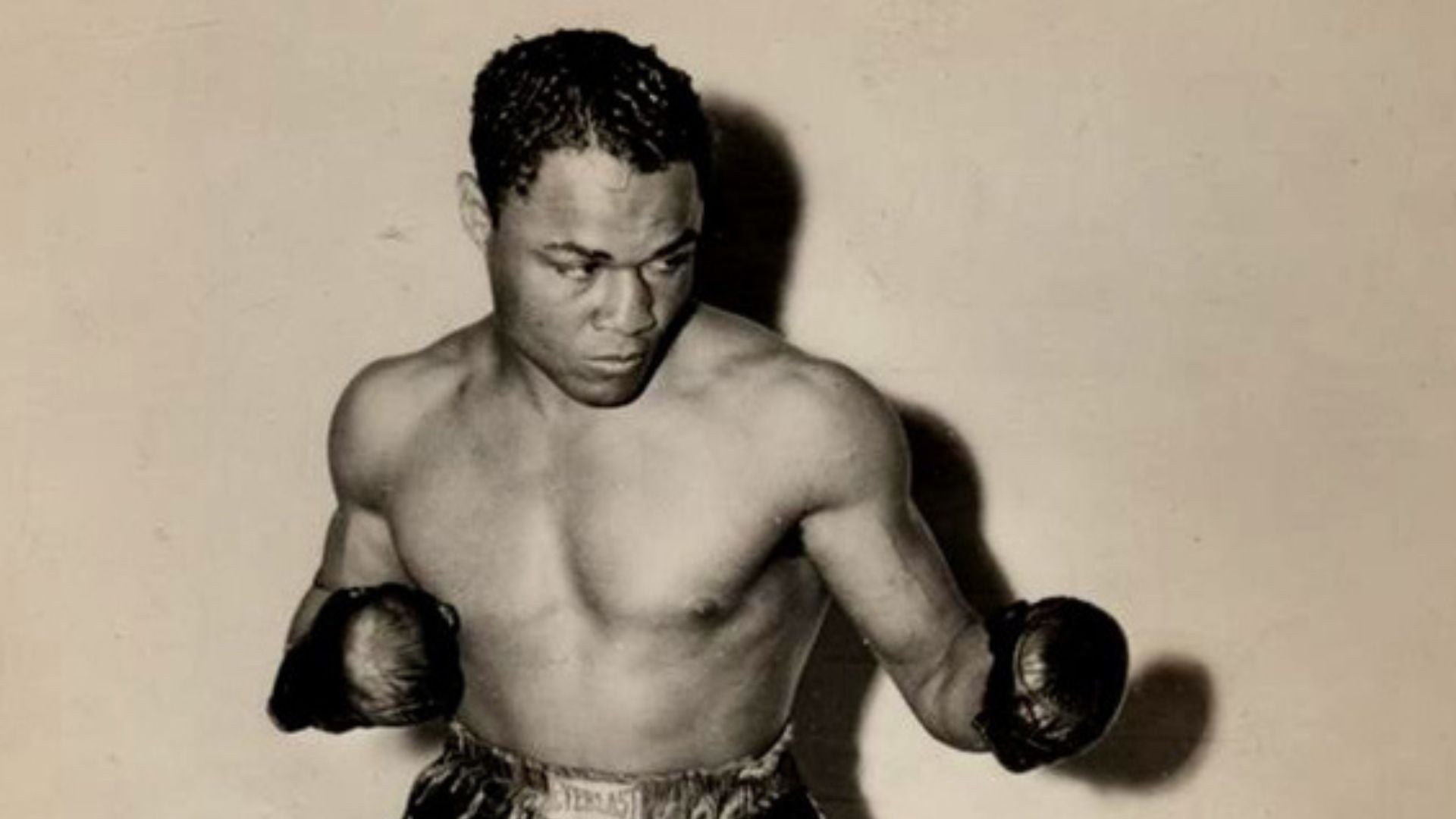
Jack Dempsey: The First Boxing Superstar (1914-1927)
Boxing has seen legends rise and fall, but few have ever commanded the ring quite like Jack Dempsey. The "Manassa Mauler" wasn’t just a fighter; he was a cultural icon, a ticket-selling machine, and the man who transformed boxing into a global spectacle. With his relentless aggression and knockout power, Dempsey didn’t just win fights—he electrified audiences. But what made him the first true superstar of the sport? How did one man elevate boxing to new heights, paving the way for future legends? Let’s step into the ring and find out.
The Rise of Jack Dempsey: Humble Beginnings to Boxing Fame
Born in 1895 in Manassa, Colorado, Jack Dempsey came from tough circumstances. His early years were marked by poverty, and like many fighters of his era, he learned to scrap for survival. Traveling across mining towns and saloons, he took on all challengers, often fighting for mere change. It was in these unforgiving environments that Dempsey honed his signature style—aggressive, relentless, and devastatingly powerful.
His official professional career began in 1914, but it wasn’t until 1919 that he would make history. That year, he squared off against Jess Willard for the world heavyweight title. Willard, a giant of a man, was expected to steamroll Dempsey. But what unfolded was nothing short of a massacre. Dempsey unleashed a brutal assault, knocking Willard down seven times in the first round alone. The fight was over by the third, and a new champion had arrived.
The Dempsey Phenomenon: Why He Became a Superstar
Dempsey didn’t just win fights—he created a spectacle. His aggressive, come-forward style was a stark contrast to the more methodical boxers of his time. Fans didn’t just watch him; they experienced him. The sound of his punches, the way he charged his opponents, the sheer brutality—it was all part of the Dempsey experience.
But it wasn’t just about the knockouts. Dempsey’s rise coincided with major shifts in media and entertainment. The 1920s were a golden age for sports, and radio broadcasts brought boxing into homes across America. His fights weren’t just local events—they were national phenomena.
One of the most defining moments of his career came in 1921 when he faced Georges Carpentier in boxing’s first million-dollar gate. This wasn’t just a fight; it was an event. Celebrities, politicians, and high society all turned out, proving that boxing had evolved into mainstream entertainment. Dempsey knocked out Carpentier in the fourth round, solidifying his status as a megastar.
Iconic Battles and Controversies
Dempsey’s reign was filled with legendary battles, but perhaps none more infamous than his clash with Gene Tunney in 1927. This fight introduced the world to one of boxing’s most controversial moments: the "Long Count."
Tunney, a slick and strategic boxer, had taken Dempsey’s heavyweight crown in 1926. Their rematch the following year drew an enormous crowd—over 100,000 fans packed into Chicago’s Soldier Field. In the seventh round, Dempsey floored Tunney with a vicious combination. But instead of going to a neutral corner, Dempsey hesitated, delaying the referee’s count. This crucial misstep gave Tunney extra time to recover, and he went on to win by decision. The controversy surrounding the Long Count fight remains one of boxing’s greatest debates.
Dempsey’s Legacy: The Blueprint for Future Champions
Dempsey’s influence on boxing is undeniable. He paved the way for future heavyweight greats like Joe Louis, Muhammad Ali, and Mike Tyson. His style, a blend of ferocity and charisma, became the gold standard for what fans wanted in a champion.
Beyond the ring, Dempsey remained a beloved figure. He later transitioned into business, opening the famous Jack Dempsey’s Restaurant in New York, where fans could meet the legend himself. His name still carries weight in boxing circles, a testament to his enduring legacy.
So, was Dempsey the greatest of all time? That’s up for debate. But one thing is certain—he was the first true superstar of boxing, the fighter who turned the sport into a spectacle. And without him, the heavyweight division as we know it might never have reached its legendary heights.





